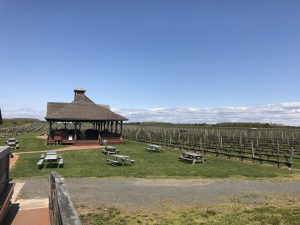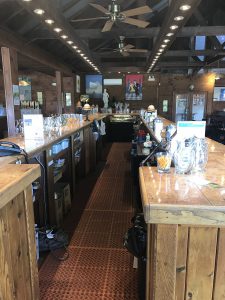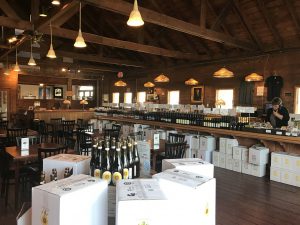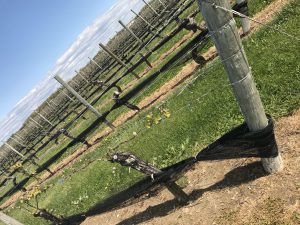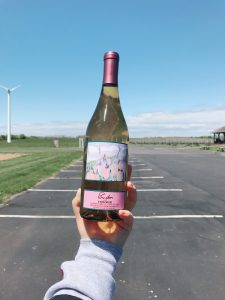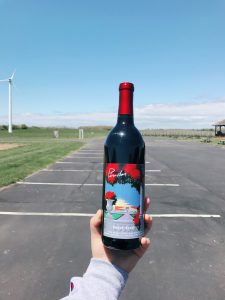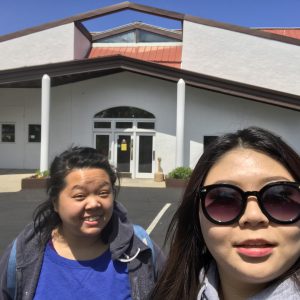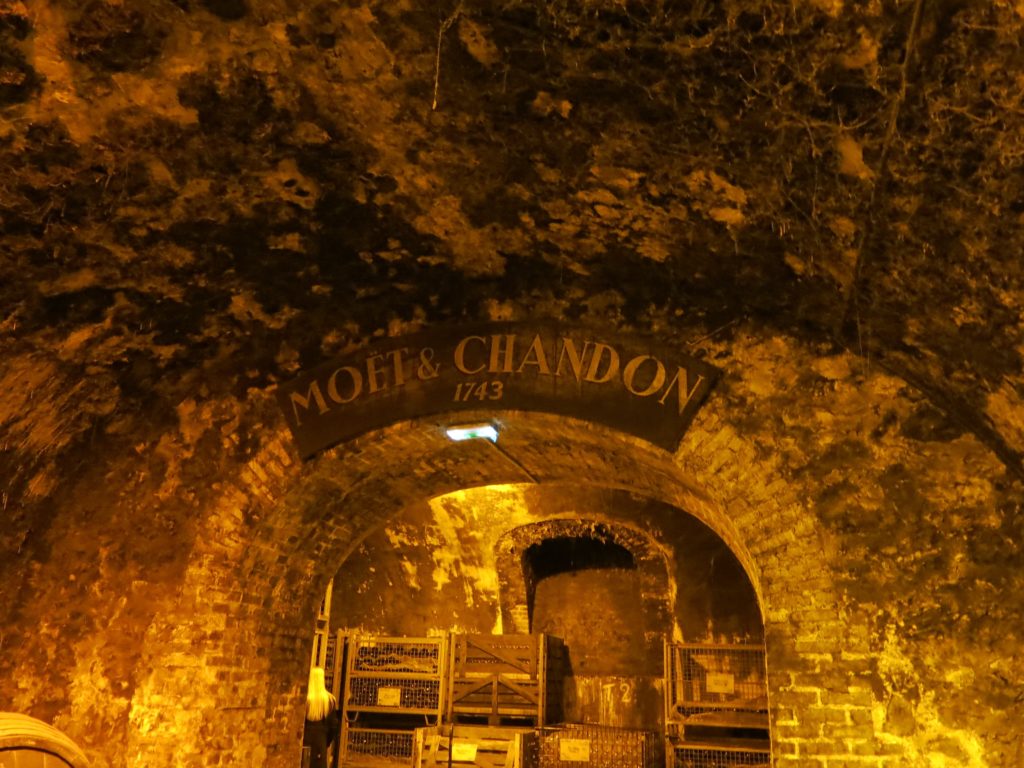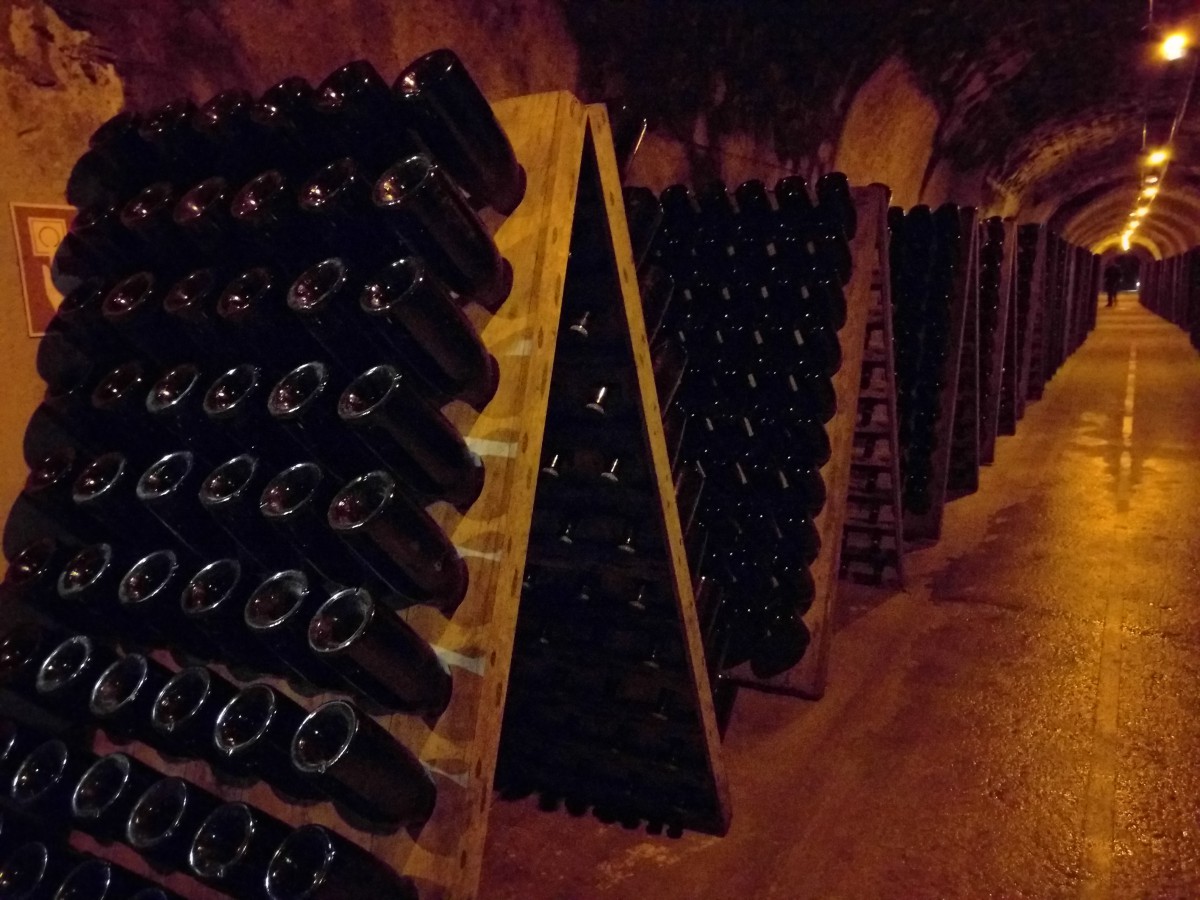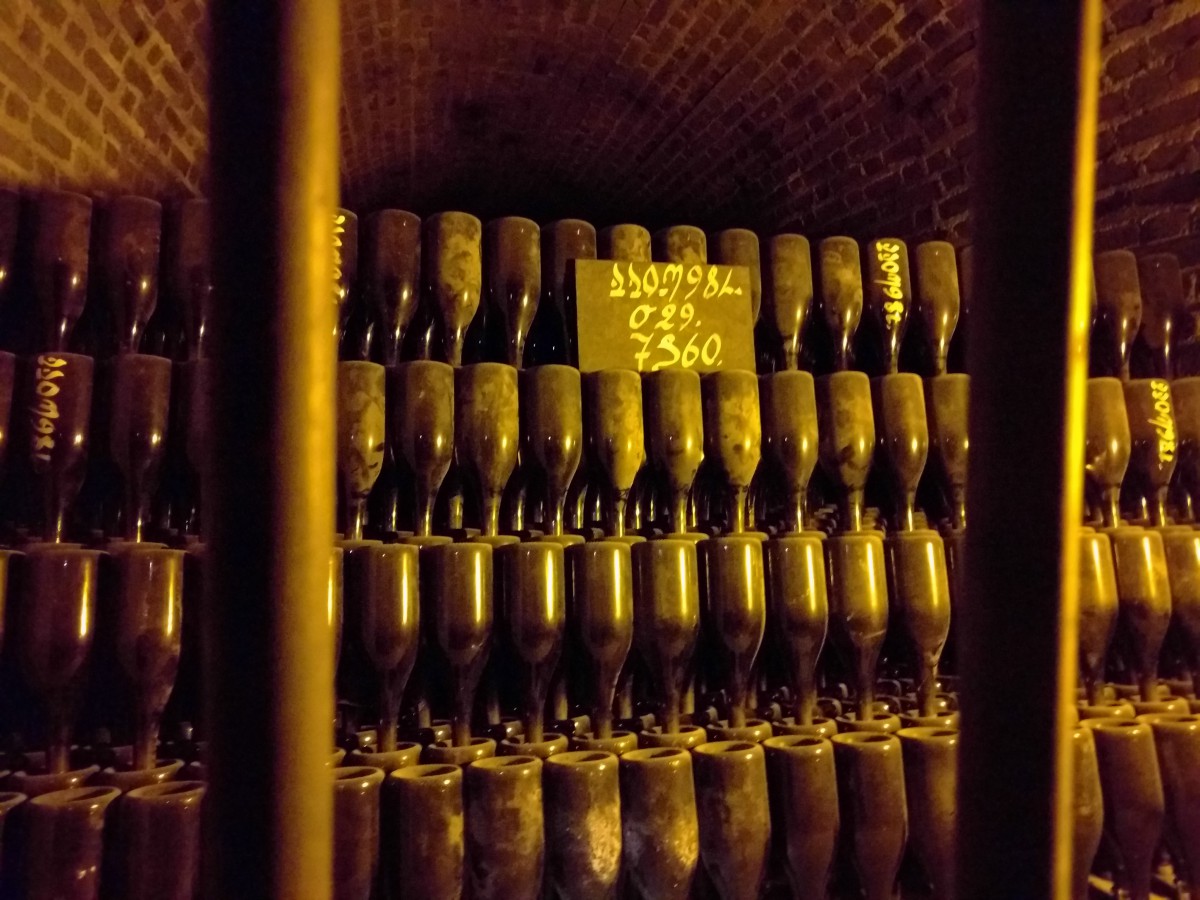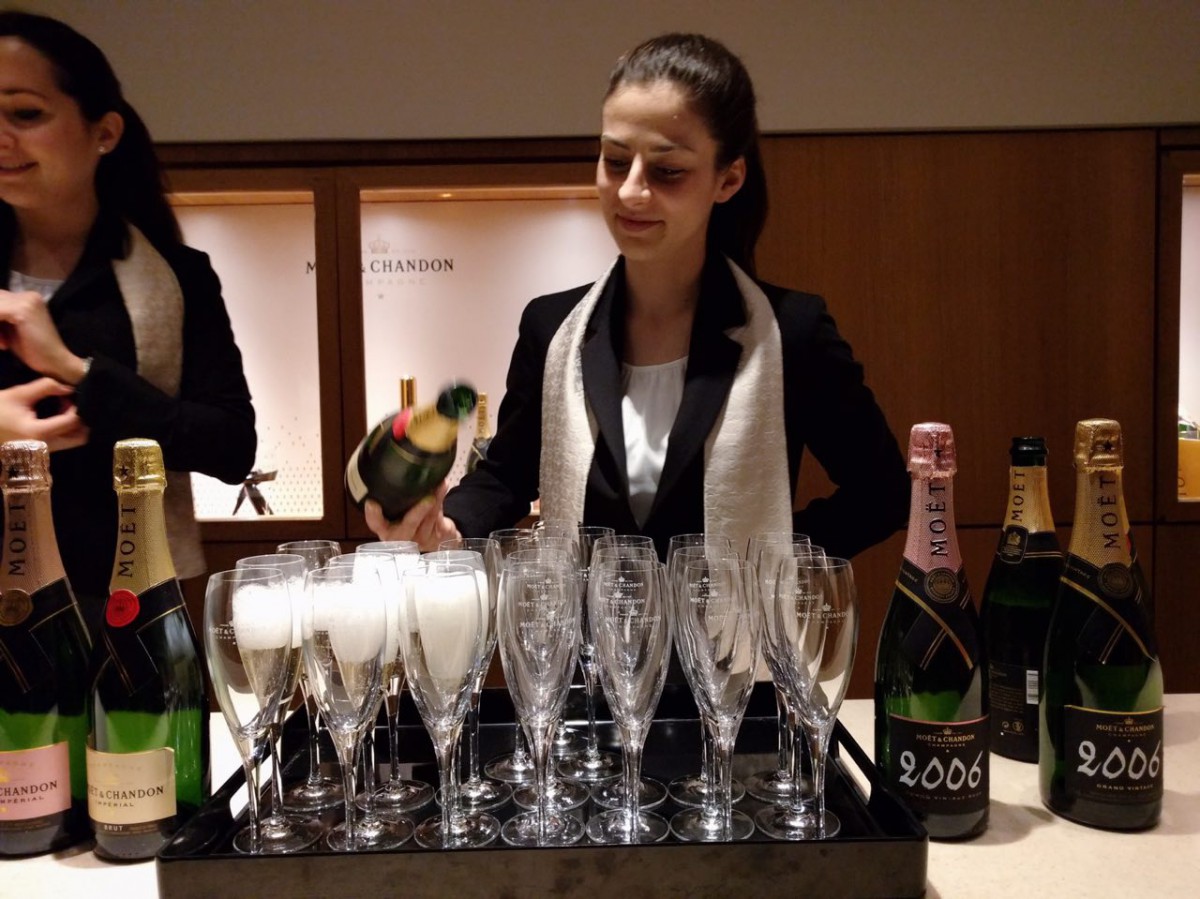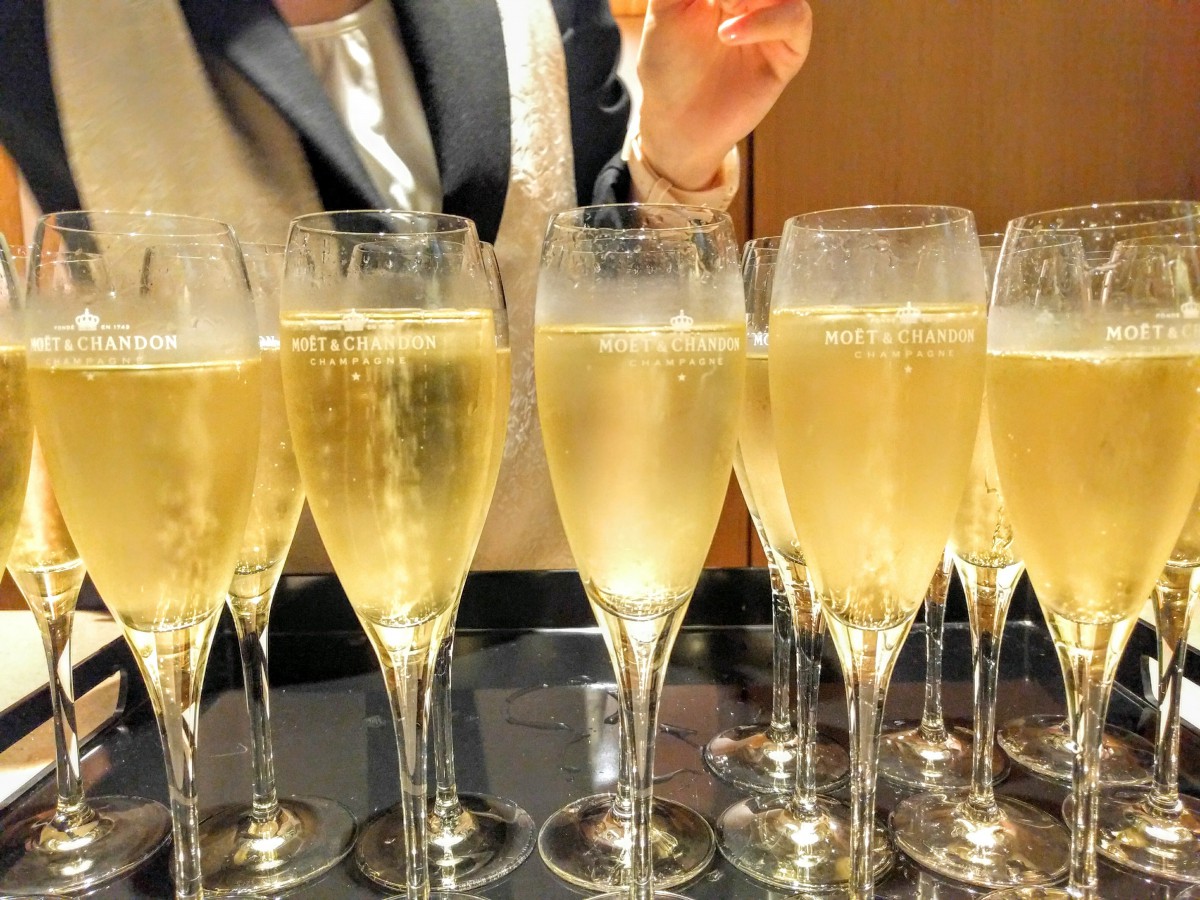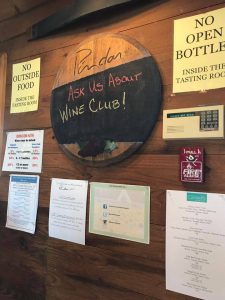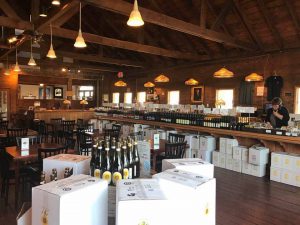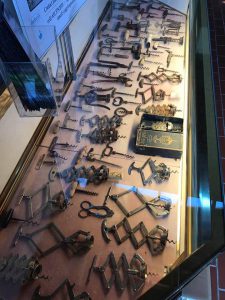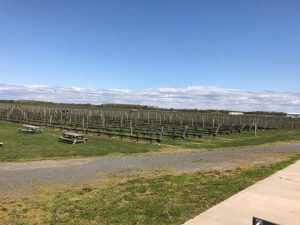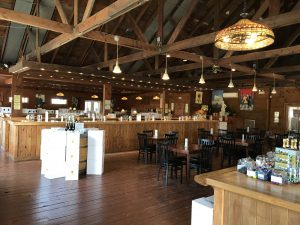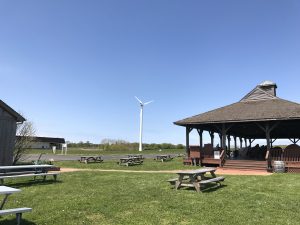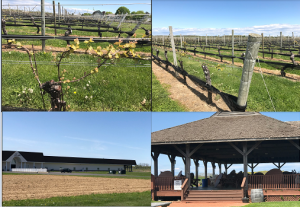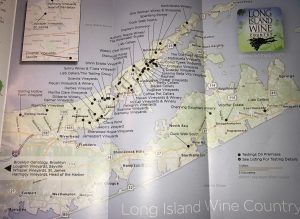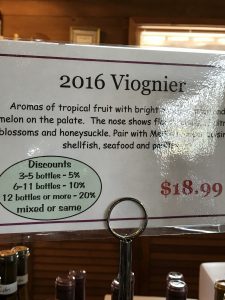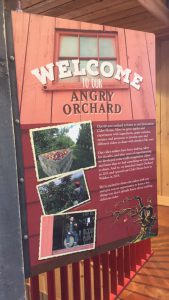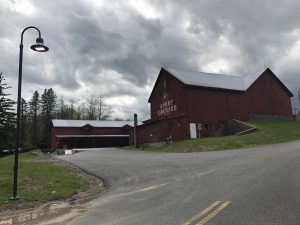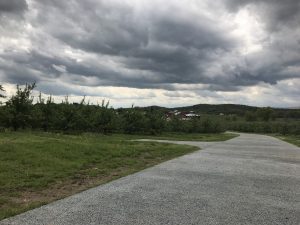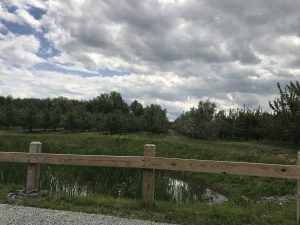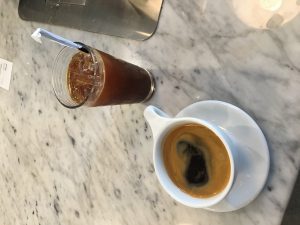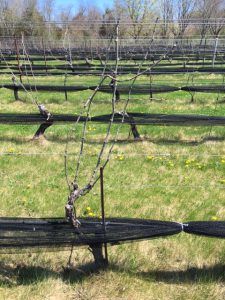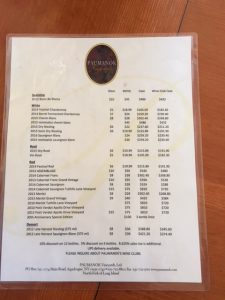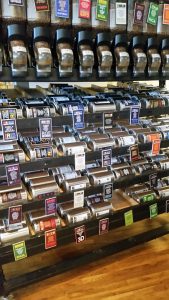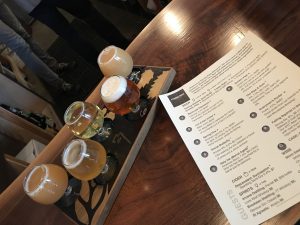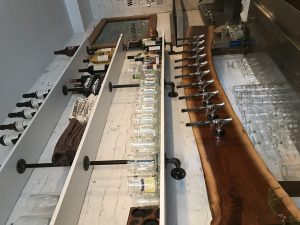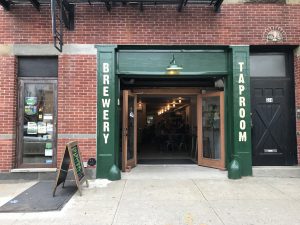I could probably say studying wine is one of the most important connections you can make with society and people. Wine is commonly introduced everywhere; in friends’ houses, in clubs, in socializing activities, in restaurants and even more. Wine is classified as more elegant and classy compared to beer and spirits that are more rough and extreme because people who enjoy wine are not only drinking wine for amusement, but also respecting and understanding the process of viticulture and vinification of each grape variety in a bottle of wine. To learn more about oenology and viticulture I thought it is essential to visit a winery or a vineyard at lease once in a lifetime.
“There are over 1000 varieties of wine grapes in the world.” (Scott Washburn, 2013) Not all vineyards grow every variety of grapes; most vineyard owners can only consider those grape varieties that are suitable to grow under the climate as well as the popularity of those grape varieties. Out of about 430 wineries and distilleries in New York, I have chosen Pindar Vineyards as my designated vineyard to visit. It is located at 7645 NY-25, Peconic, NY 11958.
I invited three classmates from my wine class to experience the fantasy at the “factory” to see how exactly a wine is make from harvesting all the way to bottling and selling. On the day of the trip, we were able to discuss about the questions that we planned to ask a representative there. However, it was unfortunate that we weren’t able to receive a tour because the tour starts May 27, 2017 through September 2, 2017. So a lot of our questions about the process of making wine were unable to ask. Nevertheless, we were able to ask a few questions to Terry, one of their representatives that were tremendously professional and intelligent.
Terry suggested us to walk around the vineyard and take as much pictures as we can first, then come to her for the questions. She said “From my experience, I think you can get a much better understanding of my answers after you have seen what you will see soon.” So we did and I have to be honest, as a resident that has lived my life through this day in New York City, never have I ever seen a vineyard that is as big as Pindar Vineyards’. I couldn’t see the ending part of the vineyards, it is unbelievably enormous, and I was stunned by it.
Pindar vineyards has a pretty long history, it started in the 1980s, according to the website and Terry, Pindar vineyards has about 17 varieties of wine grapes and makes about 23 originals and blends. With the opportunity given but was too unfortunate we were not able to do a brief wine tasting with Terry. She said it could’ve been a lot helpful if we tasted the blended wines so she could explain more about Pindar’s blends specifically. Terry also informed me that Pindar Vineyards has grape varieties like Chardonnay, Gamay Noir, Cabernet Franc, Merlot, Mythology and more, but she pointed out that if she were going to recommend me a wine, terry said she’d recommend me 2016 Viognier. 2016 Viognier could be said to be their best at making and producing, it is a light white wine, fruity flavor, light and sweet.
Terry apologized to us for unable to give us a tour that day, but she did briefly explain their process. Pindar Vineyards are located near water, so the climate is pretty cool and you can consider it maritime, too. Similar to most vinification process, Pindar does the same but with a more natural planting and growing because the area’s weather supports the growth of grapes.
Overall, the experience was precious; I purchased 2016 Viognier home and shared with my family. I am definitely going back again once their tour starts. It is never late to study about wine, and its never ending. The more I learn about wine, the deeper I will fall in love with because the knowledge and the intelligence behind oenology and viticulture are what fascinate me every time I study wine.
References
- Washburn, Scott. “How Many Different Types Of Wine Grapes Are There? – Winestyr Wine Guide.” Winestyr,p., 17 Sept. 2013 Web. 06 Dec. 2016.
<http://www.winestyr.com/wine-guide/how-many-different-types-of-wine-grapes-are-there>.

